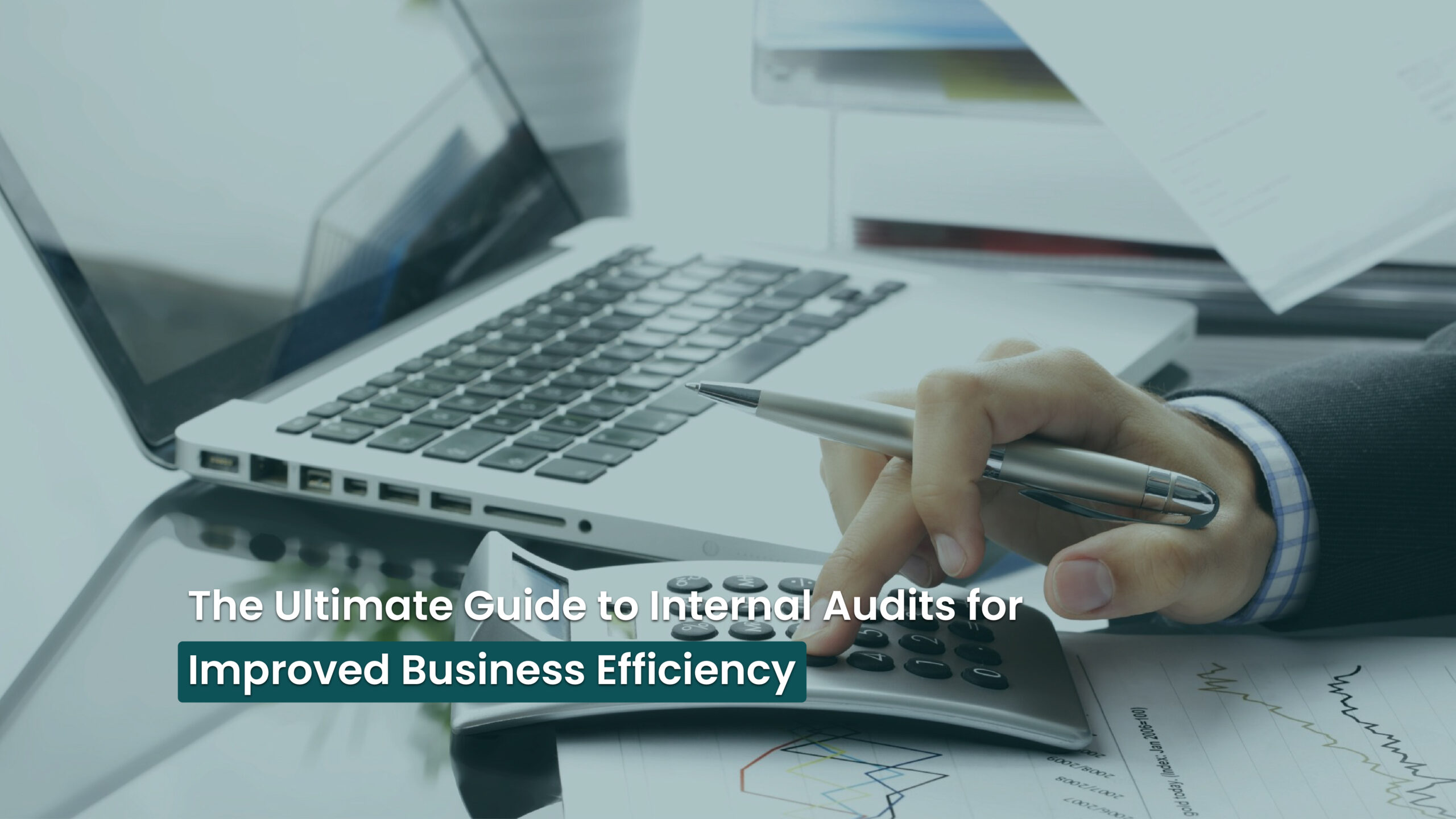It is in the business world today where constant change and volatility demand the best in terms of organizational efficiency and compliance to sustain growth.
The above-stated facts demonstrate that it is one of the best methods of keeping an organization’s operation smooth and intact with financial integrity. It help organizations identify risks, streamline operations, and ensure adherence to regulations. In this treatise, we shall discuss all the basic points to be considered concerning an internal audit, its benefits, and the best practices for executing an effective audit.
What is an Internal Audit?
An internal audit is a systematic review of an organization’s processes, operations, and financial records to assess their efficiency and effectiveness. As compared to an audit wherein an external third party or firm is asked to perform a truly independent audit, an internal audit is conducted by an internal auditor or team. The main intent is to improve operations, recognize inefficiencies, and look for risks that would develop into significant threats.
Key Objectives of Internal Audits
- Risk Assessment: Identifying and managing risks that may affect business performance.
- Compliance Monitoring: Ensuring that the company follows legal and regulatory requirements.
- Process Improvement: Finding inefficiencies in operations and suggesting improvements.
- Financial Accuracy: Reviewing financial statements to prevent errors and fraud.
- Resource Optimization: Ensuring that company resources are used effectively.
Internal Audit Process
Conducting an audit involves a structured approach to examining and improving business operations. Here’s a step-by-step guide to executing an effective internal audit:
Step 1: Planning the Audit
Before initiating an audit, businesses must define the audit’s scope, objectives, and timeline. Key activities include:
- Identifying key areas for review.
- Establishing audit goals.
- Assigning roles and responsibilities.
Step 2: Gathering Information
Auditors collect relevant data, such as financial records, operational reports, and compliance documents. This step involves:
- Interviewing employees.
- Reviewing company policies.
- Analyzing past audit reports.
Step 3: Conducting the Audit
During the audit, auditors assess business processes, financial transactions, and operational controls. They look for inefficiencies, errors, and potential risks.
Step 4: Reporting Findings
After completing the audit, auditors compile their findings into a detailed report. This report includes:
- Identified issues and risks.
- Recommendations for improvement.
- An action plan for implementation.
Step 5: Implementing Recommendations
Businesses must take corrective actions based on audit findings to enhance efficiency. This involves:
- Addressing compliance gaps.
- Strengthening internal controls.
- Improving operational processes.
Benefits of Internal Audits
Regular internal audits can be beneficial for the business in many ways. Some of the benefits include:
- Improved Business Efficiency: By exposing inefficiencies, it will help the business optimize processes, lowering waste, and increase productivity.
- Enhanced Financial Integrity: Through financial audits, a business is able to keep proper records, prevent fraud, and have full transparency in financial reporting.
- Stronger Compliance with Regulations: Internal audits will therefore help maintain compliance with various standards, as a result limiting the exposure of organizations to legal penalties and losses.
- Risk Mitigation: Audits provide relatively early identification and alleviation of possible risks, thus saving the business from operational disruption or financial loss.
- Better Decision-Making: Audit reports can provide management support for business strategies, investment plans, and resource allocation for decisions.
Best Practices for a Successful Internal Audit
Internal audit effectiveness is greatly enhanced when organizations observe the following best practices:
- Establish a Clear Audit Framework: Create a systematic framework whereby objectives, procedures, and performance indicators are outlined.
- Maintain Independence and Objectivity: Independence is observed only when audit teams are wholly free of influences and interests.
- Use Technology for Audit Efficiency: Consolidation of modern auditing tools and software enables auditors to enhance their data collection, analysis, and reporting capabilities.
- Conduct Regular Audits: Regular auditing keeps a company on top of issues that allow it to improve.
- Foster a Culture of Transparency: Fostering communication channels between auditors and employees paves the way for audit processes to run smoothly and implement substantial change.
Choosing the Right Audit Services
For businesses that require external expertise, hiring professional audit services can be beneficial. These services provide:
- Independent assessments of financial statements.
- Expertise in regulatory compliance.
- Assurance services to enhance business credibility.
Conclusion
It stimulates organizations to optimize their operations, limit risks, and be compliant with the laws. Audits, either by internal staff or outside professionals, consistently benefit an organization regarding the improvement of financial integrity and operational effectiveness. Good practices and implementation of audit recommendations help the business optimize processes and tax audits, and achieve enduring success.
This method benefit firms in many ways, such as strengthening internal controls, leading to better financial reporting and a platform for growth that is sustainable. Start introducing regular internal audits now so that a more robust and efficient organization can develop!



